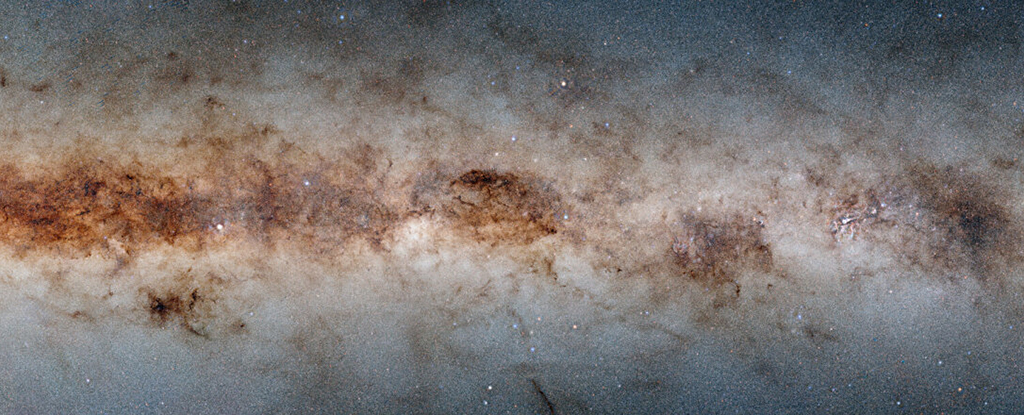
Jan 21, 2023
1 min, 6 secs
We have the Dark Energy Camera(DECam) to thank for this beautiful shot of space, part of the Víctor M. Blanco 4-meter Telescope at the Cerro Tololo Inter-American Observatory (CTIO), some 2,200 meters (7,218 feet) above sea level in Chile.(DECaPS2/DOE/FNAL/DECam/CTIO/NOIRLab/NSF/AURA; Image processing: M. Zamani & D. de Martin (NSF's NOIRLab))"One of the main reasons for the success of DECaPS2 is that we simply pointed at a region with an extraordinarily high density of stars and were careful about identifying sources that appear nearly on top of each other," says astronomer Andrew Saydjari from Harvard University in Massachusetts.That high density brings with it a few issues: The vast swaths of space dust and the glow from brighter stars can block out the light from dimmer objects entirely."When combined with images from Pan-STARRS 1, DECaPS2 completes a 360-degree panoramic view of the Milky Way's disk and additionally reaches much fainter stars," says astronomer Edward Schlafly from the Space Telescope Science Institute in Maryland.DECam was built initially to carry out a Dark Energy Survey and to better understand this mysterious force that is thought to be driving the Universe."This is quite a technical feat," says astronomer Debra Fischer from the National Science Foundation (NSF) in the US, who wasn't directly involved in the research.
